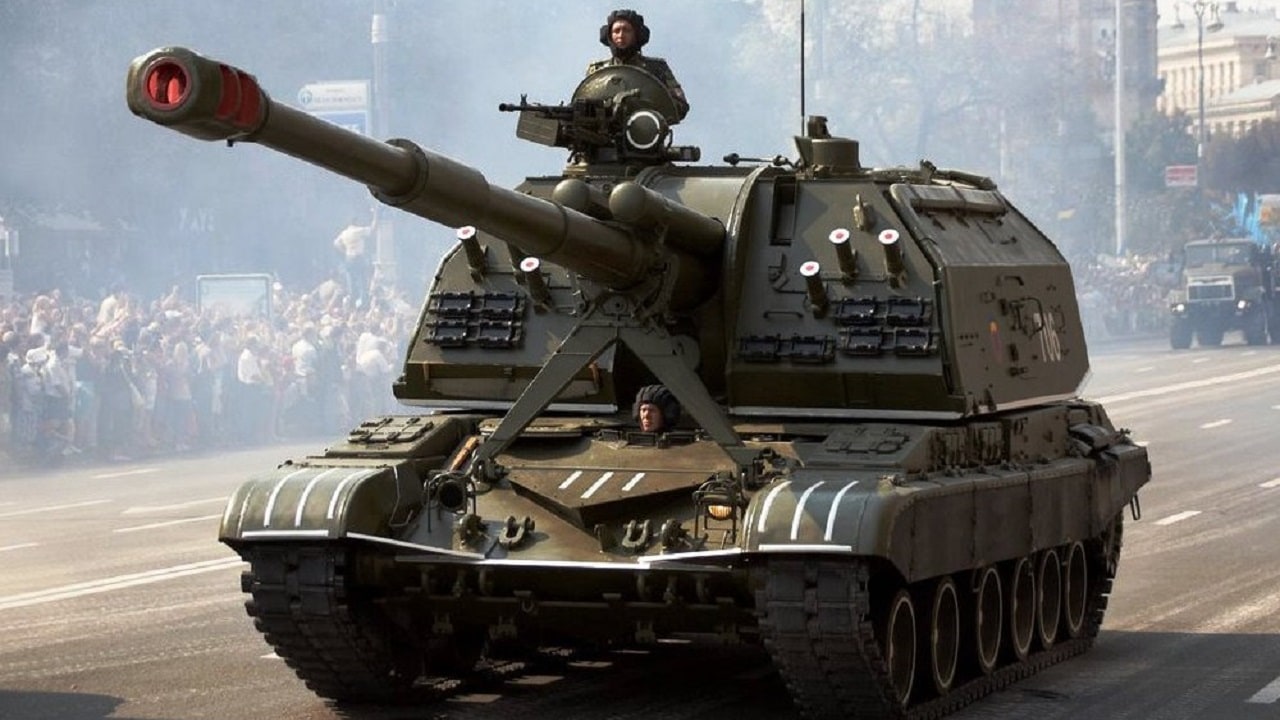The Ukraine Offensive Has Begun: Beginning sometime on the night of June 5, the long-awaited Ukrainian Spring offensive began by launching attacks “in several directions” from Ukrainian forward positions. Many in the West expected Ukraine to have meaningful success from the beginning, owing to significant NATO training and weaponry. After the first week of fighting, however, Ukraine has been completely thwarted in its main effort and belatedly made some progress towards its secondary objectives. Though it’s too early to declare the operation a success or failure, early signs are alarming for Ukrainian Armed Forces (UAF).
First, a quick description of the results of the first week of fighting. Ukraine began “shaping operations” in early May, whereby they launched deep attacks behind Russian lines to target command posts, ammunition depots, and fuel storage sites. They also launched or supported incursions into Belgorod to keep Moscow’s forces spread out and guessing about Ukraine’s primary objective. Yet as has been discussed in Western and Ukraine-friendly media for months, the most likely point of attack would be Zaporezhia.
The intent of an attack originating from the Ukrainian side of the line in Zaporezhia would be to push down through Tokmak to Melitipol and ultimately the Azov shore, whereby the entire Russian occupation force would be cut in half. Yet there was a known problem with this plan: the Russians were also aware of the critical vulnerability losing Melitipol would cost them. As a result, the Kremlin spent more than six months building a complex series of defensive belts throughout their side of the 1,000km frontline, with the highest density of defensive belts between Zaporezhia and Melitipol. The quality of that effort was evident through the first four days of the offensive.
On June 5, Ukraine spearheaded its offensive south of the town of Orikiv in Zaporezhia oblast. Russian forces were not caught by surprise and as of this writing, have thus far conducted a near textbook defensive operation. The Russians positions consisted of what’s known as the security zone along the line of contact between the two forces and then three main lines of barriers in depth, ending in this sector, with a fortress-like defense of Tokmak.
Ukraine Is Coming: Russian Defensive Preparation & Doctrine
It is remarkable that the defensive works built by Russia are almost verbatim the defensive doctrine employed by the Soviet Union during the Cold War. My early Army career was as a soldier serving in Germany during the Cold War and we had to know the enemy’s defensive doctrine by heart so we would know how to fight the USSR if the war turned hot. Russia south of Tokmak have precisely put into effect the defensive doctrine depicted in U.S. Army Field Manual 100-2-1 “The Soviet Army: Operations and Tactics” published in 1984.
The Soviets defined their concept of defense as a type of “combat action conducted for the purpose of repulsing an attack mounted by superior enemy forces, causing heavy casualties, retaining important regions of terrain, and creating favorable conditions for going over to a decisive offensive.” That intent is evident in how Russia has arrayed their forces to oppose Ukraine’s current offensive.
The first area opposite the offensive force is the security zone. Here the mission is to delay the Ukrainian army, deceive them as to the exact locations of the actual defense, weaken the attackers as much as possible, but not become decisively engaged. Next is the main defensive area. It is composed of multiple belts of dug-in armored vehicles, trenches, and prepared and hardened defensive positions. This zone includes minefields – some of which can be hundreds of meters deep – which are designed to channel enemy armor into “fire bags” where pre-sited artillery is ready to fall on the defenders if they get bogged down trying to clear the minefield.
Based on an analysis of the known belts in the Russian main defense area, it is likely they have multiple bands of strong points, dragon’s teeth barriers, and minefields throughout. Almost certainly inside and between these belts Russia has hidden mobile armored units from platoon to possibly battalion-size that will seek to channel Ukrainian tanks and armored personnel carriers into known locations and then maneuver to hit them in the flank with direct fire from tanks and anti-tank guided missiles, as well as artillery and drone strikes.
Ukraine lost a significant number of its mine clearing equipment in the opening three days in the Orikiv sector in the Russian security zone. The minefields the UAF encounters in the primary defensive zones are likely to be much more dense and covered by fire. With fewer engineering assets left now, it is unclear how Ukraine will be able to penetrate multiple defensive belts with current force levels available.
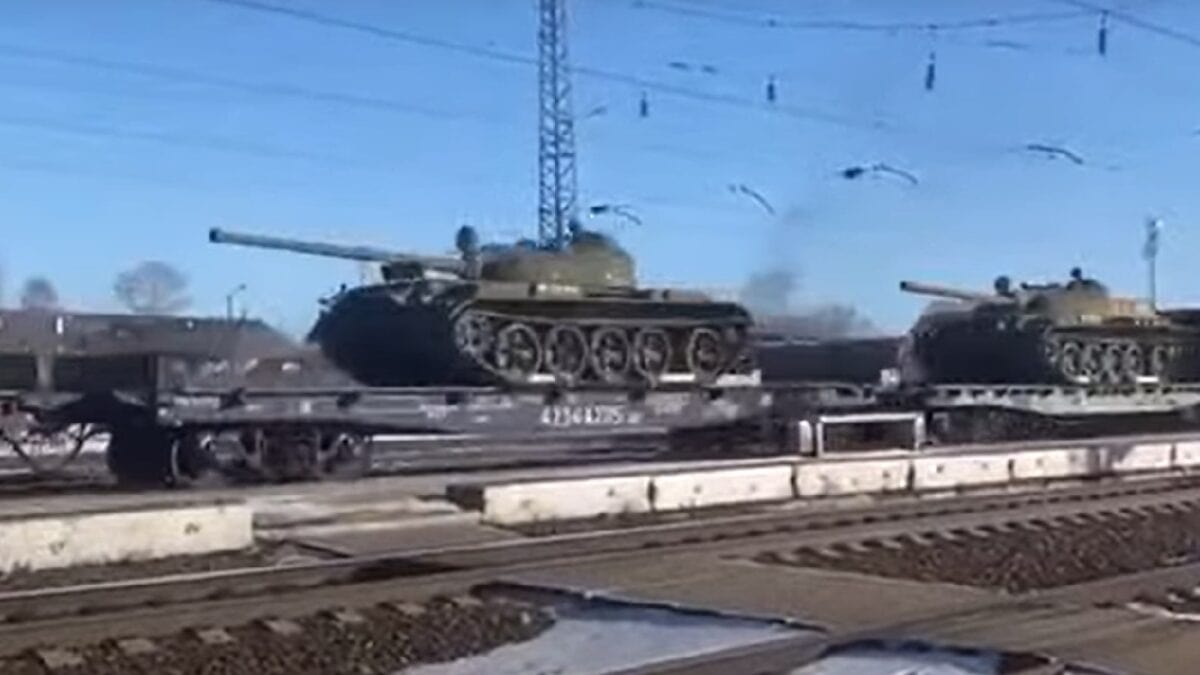
T-54 or T-55 Tanks Heading to Ukraine.
Thus far, Ukraine has yet to make it through the first belt of the main defense line anywhere. According to some Russian Telegram channels and war-bloggers, Ukraine has only engaged with eight of the 24 combat brigades available for this offensive. In all likelihood, Zelensky will order his troops to seek other points along the line to find a location from which to break through the initial defensive belt. The obvious problem is that the bulk of the Russian defenses are found beyond the first line of barriers when the tactical task for the UAF will become even greater.
My concern is that American and Western commentators are unaware of the likely composition of the Russian defenses and have a higher expectation of what Kyiv may yet achieve. Many U.S. and Western commentators, for example, argue that these moves are merely the opening sequences, where Ukrainians “seek to play this shell game” in which the true main effort is hidden, only to be revealed later when Ukraine finds a weak spot in the Russian defenses.
Retired Army general Ben Hodges went so far as to claim on Sunday that Ukraine’s offensive will not only be successful, but that “I still anticipate that Ukraine can liberate Crimea, the decisive terrain of this war, by the end of this summer, that is to say, by the end of August.”
That is a curious claim, especially given that the general estimates, in that same article, that Ukraine has only 12 brigades (roughly 35,000 troops) for its offensive. Ukraine would need upwards of ten times that amount to make a credible offensive to retake Crimea. Early evidence, however, reveals more trouble than Hodges or other Western supporters are willing to acknowledge. The strength and organization of the Russian defense is only one reason for the lack of success of the UAF. The other half of that equation has been their offensive performance.
Ukrainian Offensive Performance After First Week
Ukraine’s offensive was in trouble from its first move, which isn’t surprising given the disadvantages they had going in. As I wrote in these pages earlier this year, the UAF started this operation with “limited offensive air power, limited air defense, insufficient quantities of artillery shells, and a force that is equipped with a hodge-podge of modern and antiquated armor – staffed by a mix of conscripts with no combat experience and some officers and men with basic training by NATO instructors.” All of those deficiencies were exposed from the outset.
Shortly before the offensive began, the Washington Post published a feature on the newly-formed Ukrainian 47th Brigade. This unit, the Post explained, had been created to be the vanguard of the offensive, and was staffed with young officers who had combat experience, had received NATO combat training, and was “armed with Western weapons, including Bradley infantry fighting vehicles.”
The unit had been “relocated to a secret location closer to the front line” where the soldiers “were waiting for the order to charge ahead to retake a large swath of Ukrainian territory and tip the war back in Kyiv’s favor.” Unfortunately, the 47th Brigade was mauled from the outset, failing even to make it through the Russian security zone.
Ukrainian units showed many of the errors endemic to Russia’s abysmal showing during its first offensive actions in February and March 2022, in which armored vehicles bunched together, making themselves easy targets for Russian artillery. American Bradley Fighting Vehicles, MRAPs, and M113 armored vehicles, German Leopard 2 tanks, and an assortment of other vehicles ran into minefields, were ambushed by Russian Lancet drones, and others destroyed by artillery fire.
One of the as-yet unexplained absences from the Ukrainian side of this offensive has been the drones. From the beginning of the war one of the biggest advances by Kyiv’s forces has been the expansive use of armed and reconnaissance drones. Last month there were many press reports that Ukraine had trained up to 10,000 drone operators, with the assumption that Ukrainian troops would make massive use of them in the offensive. Yet there has been near-silence from Ukrainian air. Early reports indicate that Russia has made a breakthrough in electronic warfare capacity and has grounded the UAF drones.
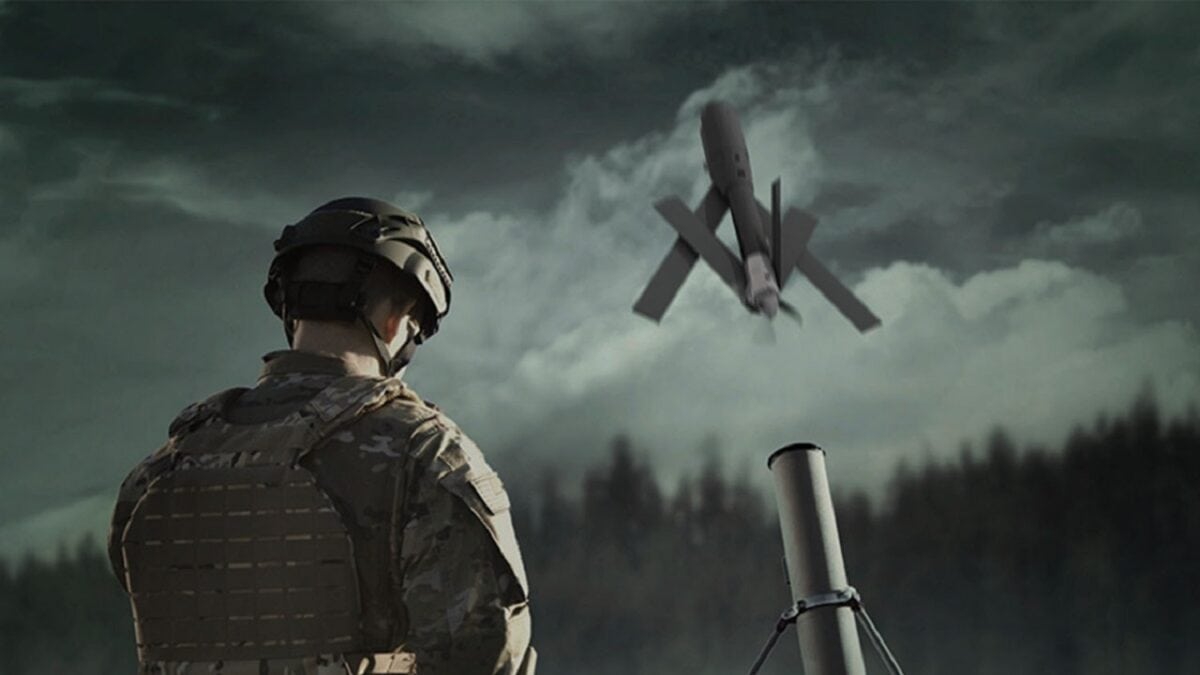
Switchblade drone. Image Credit: Industry handout.
Russian fighter jets and attack helicopters continue to play a role in attacking Ukrainian armor from the air. Ukraine simply does not have enough air defense capacity to cover their important strategic assets in the western part of the country and protect the entire frontline. Russia, on the other hand, appears to have plentiful tactical air defense capacity and that has prevented Ukrainian Air Force from playing any role at all.
Further, Ukrainian striking power for its offensive was limited by the loss of multiple brigades that had previously been earmarked for the offensive but were instead sacrificed in the ultimately fruitless defense of Bakhmut. Many experts argued that Ukraine had gotten all the strategic gain available by early January or February by their stubborn defense and militarily they should have withdrawn to the next pre-built defensive position from which they would have enjoyed a significant advantage over the Russian attackers.
Instead, by staying in Bakhmut to the bitter end, the UAF fought from positions that gave the advantages to the attackers. It is also important to note that the 20,000 casualties the Ukrainians imposed on their enemy wasn’t suffered by the Russian army per se, but specifically by the Wagner Group, who subsequently withdrew from active fighting. The Russian army in that area remained virtually untouched.
On the tactical level, Ukraine continues to try and engage with small units composed of tanks, wheeled vehicles, and armored personnel carriers. Too often we have seen company-sized task organized units attack in relatively small numbers, with little mutual support. This has allowed Russia to focus on one small group at a time, bringing its ground, air, and artillery assets to bear in effective ways. To succeed, Ukraine must mass its forces at a decisive place to try and overwhelm a selected point where Russian forces don’t have the ability to cover all the UAF assets.
On the operational level, Ukraine has spread its forces out over too many points of attack. There have been attacks in the Orikiv area, the Vremenka Ridge, Avdiivka, Bakhmut, and Kupyansk directions since June 5. This repeats a mistake Russia made in its initial 2022 invasion: spreading its forces out over too many axes of advance that it had too little power in any one. Thus far, Ukraine has also dispersed its limited striking power to too many areas, leaving too little combat power to mass at a decisive point.
What Might Happen Next for Ukraine?
Zelensky is in a tough spot. His premier NATO-equipped and trained brigade was mauled at the start gate and none of the first five brigades have reached, much less penetrated, the first Russian defensive belt. If the Ukrainian president orders his troops to continue pressing on, they may eventually penetration into Russia’s defensive belts, but as explained above, Russia’s greatest firepower has likely been reserved for the main defensive zone and subsequent Ukrainian brigades could suffer even more losses.
As I wrote last month, once Ukraine’s offensive striking power has reached its culmination point – win, lose, or draw – they will be vulnerable to a Russian counterattack (and as noted above, Russian doctrine in the defense includes a plan to go to the offense as soon as the enemy is sufficiently weakened). Yet Zelensky is keenly aware that if he pulls up and regroups now, less than a month from the NATO summit in Vilnius, the chances of him receiving an invitation to join NATO or even get a new promise of large scale tanks, planes, and ammunition will be very low.
What Ukraine might choose to do in the near term is to keep the density of offensives all along the line of contact at limited to moderate levels for the present, while launching a major new attack in the Kherson region to try and retake the Russian-held Zaporezhia Nuclear Power Plant (ZNPP). When the Nova Kakhovka Dam was destroyed last week, the Dnieper River above the dam was severely reduced, now to about one fifth its previous size.
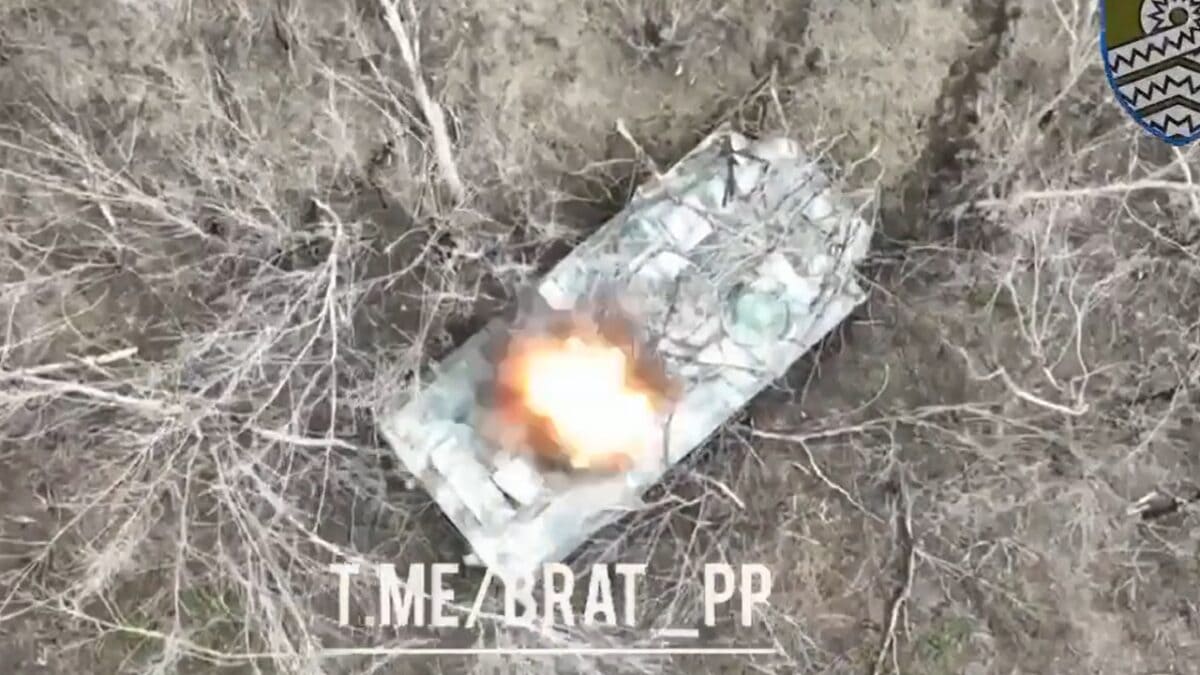
Ukraine Drone Attack
In a week or 10 days the surrounding riverbeds may be dry enough to support a cross-river attack by sizable Ukrainian forces, which might be enough to overwhelm the Russian garrison defending the plant. Most of the Russian defensive positions and all of their minefields were washed away in that area when the dam burst. The potential crossing points are now so vast, Russia would not have time or resources to build sufficient defenses to prevent a crossing everywhere. It is still uncertain whether the UAF would succeed in capturing the ZNPP – and there will be major risk of nuclear catastrophe if any of the reactors are damaged – but it could theoretically give Ukraine a victory to cite heading into the NATO meeting.
Ukrainian forces have had some success in the Velka Novoselka sector, taking three settlements. The problem for the UAF is that the initial success achieved on June 11 has thus far not led to any additional conquests, and again, this is only in the security zone, still about 10 kilometers from the first main defensive line of the Russians in that sector. The density and quality of the Russian forces in the main defensive belt are substantially more capable than what the Ukrainian side has faced since thus far.
Next targets Ukraine will try to seize are likely the four western-most settlements on the outside of the Russian security zone south of Velka Novosilka – Rivnopil, Stepova, Vyshneve, and Novozlatopil. UAF will try to capture them in order to put pressure on the Russians on the heights above Makarovka and force the enemy troops to withdraw further south.
If Russia continues to follow Soviet doctrine, we can expect that they will eventually withdraw from those villages and hamlets under pressure from the UAF, inflicting as many casualties on the attackers as possible, then reposition behind the fortifications in the first belt of the main defense area about 10km to the south. It will be here that the truly difficult fights begin for Ukraine.
As important, Ukraine is now finding out, for the first time in 15 months of war, that conducting combined arms operations into a well-fortified enemy defense is the hardest operation of conventional warfare. Their initial moves exposed a serious lack of understanding of how to conduct such offensive operations. The UAF has shown itself to be as tough as any army on the planet and unequaled courage and determination.
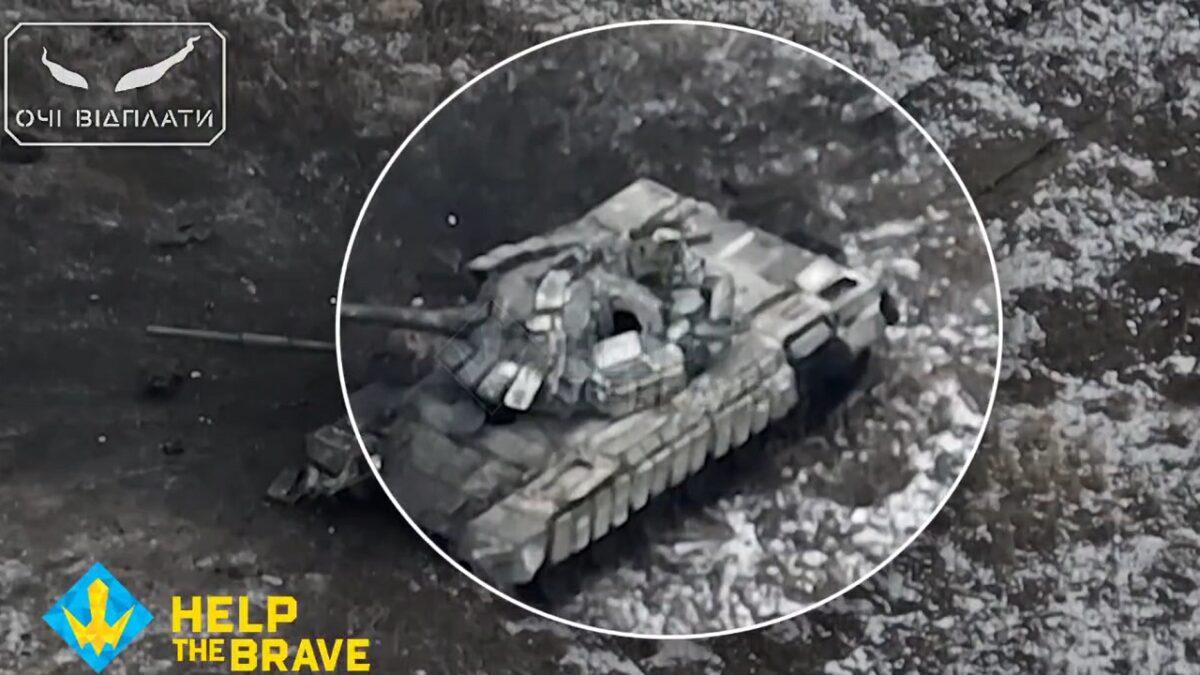
Switchblade Drone Attack by Ukraine
Yet the majority of its successes since February 2022 have been in defensive operations, where they have shown themselves to be masters (especially in utterly defeating the Russian attempt to capture Vuhledar). Even their otherwise brilliant operation to recapture major territory last fall in the Kharkiv region was mainly successful because they caught the Russians off-guard, undermanned, and having prepared no defenses at all. The Russians learned a great deal from that expensive lesson last year.
What Might Happen Next for Russia?
On the other side of the ledger is consideration of what will Russia do once this offensive has played out. There are three main possibilities. First, Putin may seek to hold the lines as they generally are and then once Ukraine’s striking power has culminated, seek to negotiate an end of the fighting that will cement control of the territory he presently occupies.
Second, following Ukraine’s offensive he may seek to launch an attack of his own and strike to capture all of the Donbass while Ukraine is weak and before they can build defensive positions. Putin claimed on Tuesday that Russia had added 156,000 new troops since last February and that weapons-building capacity had increased by 2.7 times in the past year. He claimed he would not try and capture Kyiv – but pointedly said he might take more Ukrainian territory to protect Belgorod.
Third, if reports by Ukrainian intelligence services last February were right – that Russia had around 300,000 troops engaged within Ukrainian borders and up to 250,000 others training for an offensive – Putin may still have a sizable force in reserve that he has still not committed to battle. It is impossible to ascertain the present size of Russia’s strategic reserve, but it cannot be ruled out that Putin could order a major counteroffensive to capture major territory or a city once Ukraine’s offensive has culminated.
Parting Thoughts
What either side may do in the future is unknown at this point and includes a fairly broad set of possibilities. Yet one thing remains unchanged: there is no viable path to a military victory for Ukraine. Whether Zelensky’s forces eventually achieve major gains in this offensive, something more modest, or suffer catastrophic defeat, the best case scenario is that Ukraine has somewhat more territory than it holds today, yet will have to build a new offensive force from scratch, taking at least another nine months.
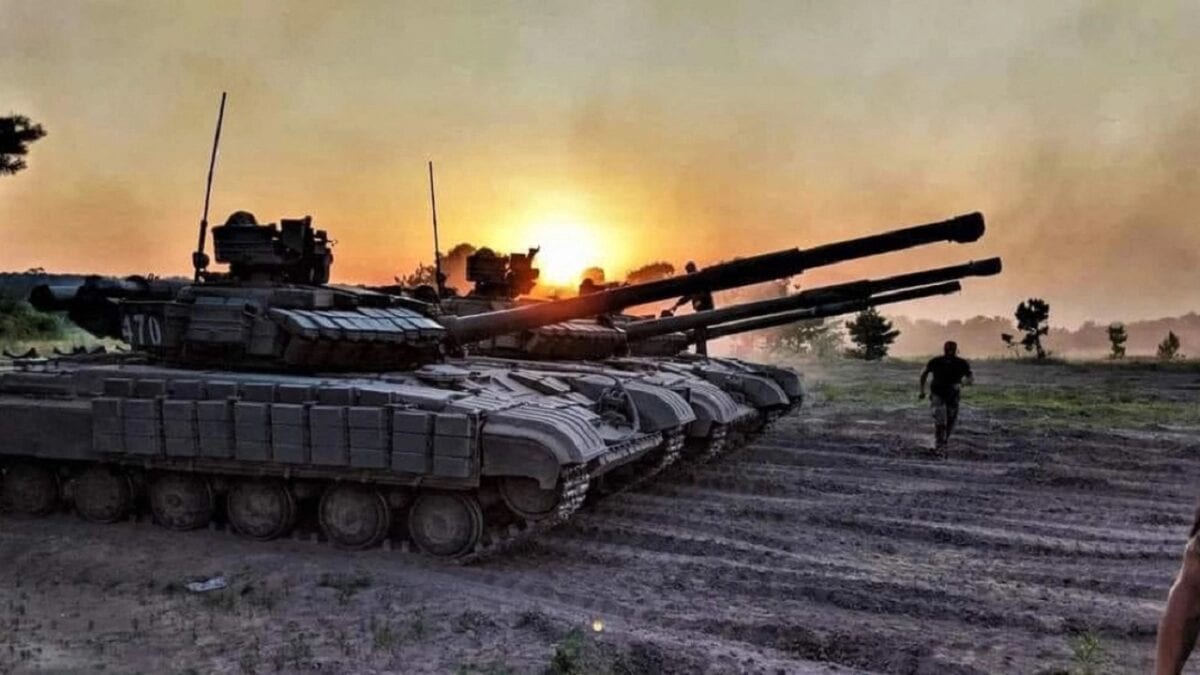
Image from Ukraine Government – handout.
The problem is, Russia, too, will be rebuilding in those same nine months, yet as often discussed, Russia has millions more men from whom to draw new formations and all the natural resources and industrial capacity necessary to produce the weapons and ammunition it will ever need. Ukraine, on the other hand, is fully dependent on the West to provide every tank, shell, drone, missile, and gallon of fuel they would need to continue the war, and it grows less likely by the month that the West will continue into perpetuity truly giving Ukraine whatever it needs “for as long as it takes.”
The most prudent course of action remains for Ukraine to find the balance between gaining all it can now while not risk losing sufficient power to prevent a major new Russian advance, and seek to end the fighting under the best terms it can get. Doing so will not turn it into a submissive entity to Moscow, as Kyiv would continue to be free to form its own national defense capacity and engage with Europe to develop its economy long term. Ignoring these realities, however, and pressing on for military victory, continuing to refuse any consideration of a negotiated settlement, and Ukraine risks losing far more than it has to date.
Author Biography and Expertise
A 1945 Contributing Editor, Daniel L. Davis is a Senior Fellow for Defense Priorities and a former Lt. Col. in the U.S. Army who deployed into combat zones four times. He is the author of “The Eleventh Hour in 2020 America.” Follow him @DanielLDavis.

